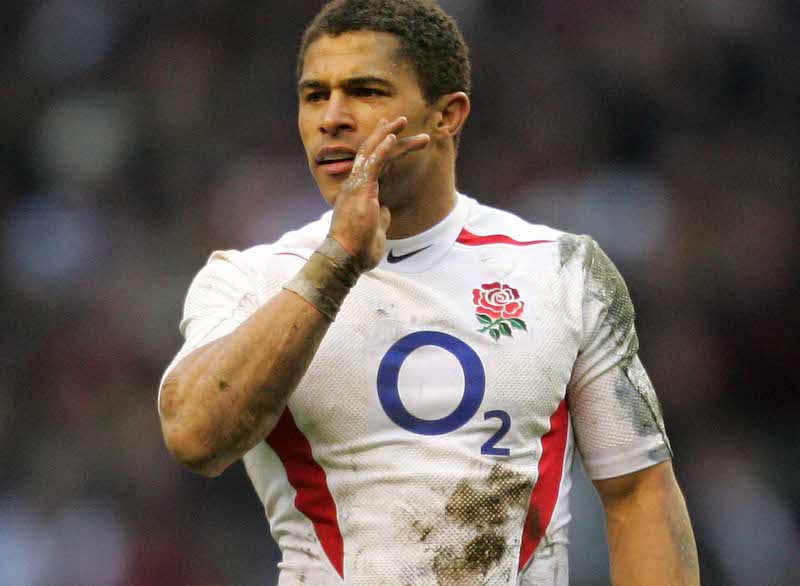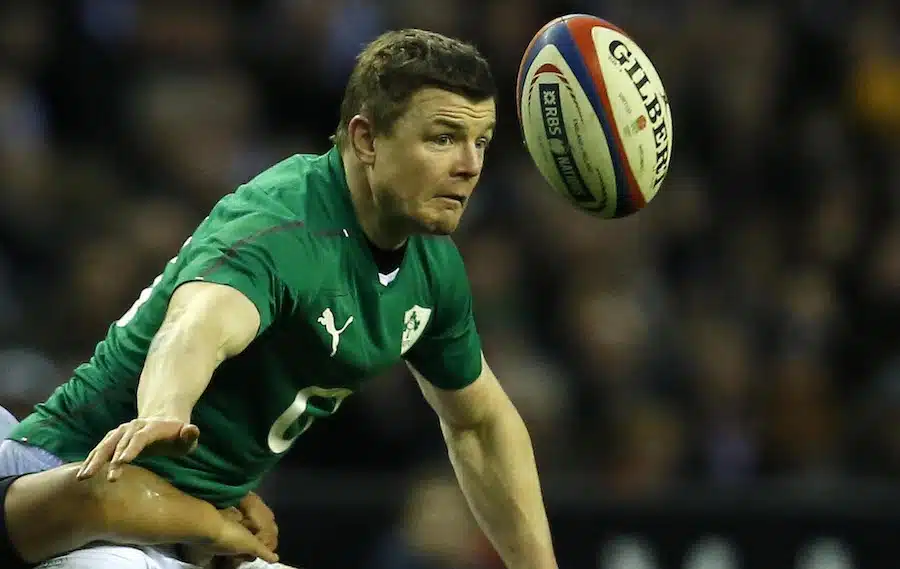World Cup-winning coach Sir Clive Woodward coached some of the best rugby players of all-time during his time in charge of England and the Lions
Woodward, a visionary English rugby icon, epitomizes excellence in coaching and leadership. Born on January 6, 1956, his remarkable journey in sports encompasses both playing and coaching.
His enduring legacy is built on his pivotal role as the head coach of the England rugby team, leading them to an unforgettable World Cup victory in 2003. His innovative strategies, meticulous attention to detail, and commitment to player development revolutionised the sport.
Beyond rugby, Woodward’s influence extends to business and leadership, where he imparts his winning principles.
Knighted in 2004, Sir Clive Woodward continues to inspire and shape the future of sports and leadership.
Sourcing several Q&A’s from down the years, we’ve ranked his top five according to the praise he agave them.
#5. Jason Robinson
Robinson is a former English rugby union and rugby league player known for his electrifying pace and agility. He transitioned from rugby league to union, becoming a key player for England, and famously scored a try in the 2003 Rugby World Cup final.
Renowned for his dynamic playing style, Robinson’s contributions to both codes of rugby have left an indelible mark on the sport.
Woodward said: “He was a sponge and soaked up every single rugby union skill. By the end he was probably the best kicker out of hand we had, he laid the ball back at rucks perfectly and his tackle technique was perfect. What a player.”

DID YOU KNOW? Because Dallaglio’s father, Vincenzo, is Italian, and his English-born mother, Eileen, was of Irish descent he was eligible to play for both Italy and Ireland, as well as England
#4. Brian O’Driscoll
Woodward said: “ In the Grand Slam game in 2003, we worked on a plan to man-mark him with three players, so the tackler was not exposed by O’Driscoll’s footwork and pace in a one-on-one situation. That’s how big a threat we believed he was – he needed three men to handle him. Ireland were going for a Grand Slam, but none of the players around Brian were in the same league.”
